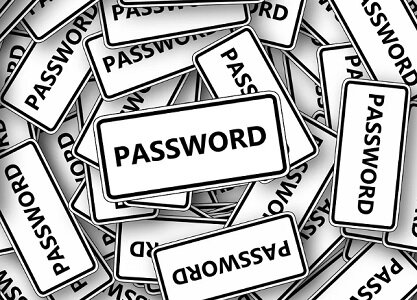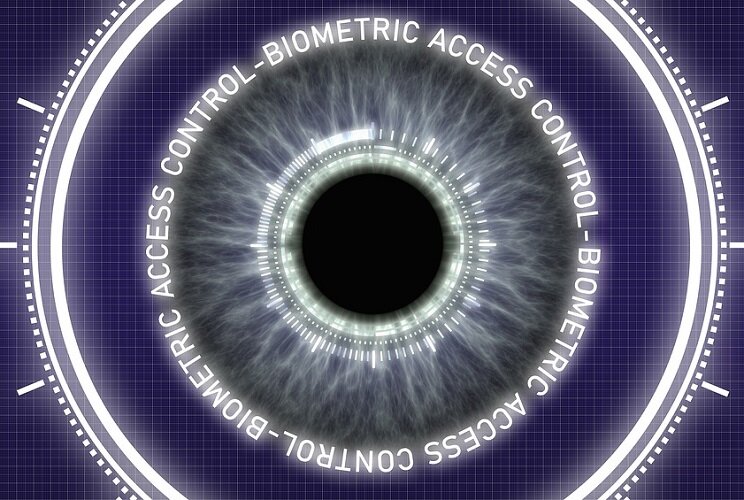Easy Ways to Safeguard You and Your Money
Have you ever noticed an unauthorized withdrawal from your bank, brokerage, or credit card account? Such suspicious activity can mean only one thing: Your finances have been invaded.
If this has happened to you, know you are not alone. According to a November, 2019 Nilson Report, “Credit card fraud losses in 2018 reached $27.85 billion.
The good news is that if you find yourself the target of financial fraud, there are steps you can take to limit losses and help prevent unauthorized activity from happening again.
1. Act fast
- It’s in everyone’s interest to identify suspicious activity as soon as it surfaces. Your financial institution can freeze the compromised account, issue a new card, reset a password, and perhaps even help track down those responsible. Be sure to initiate contact through a known number or website; never respond to an unsolicited email, phone call, or text—no matter how legitimate it may seem.
- Financial institutions generally have security policies that outline how they handle fraud—including your liability, if any, in the event of unauthorized activity.
- Viruses and malware are commonly tied to fraud schemes. Indeed, if a virus is left unchecked it can capture your new username and password, even if it was changed after the initial breach.
2. Go wide

- Whenever you spot fraud in one account, change the credentials on any other accounts with the same usernames and/or passwords. Better yet, assign a unique password to each financial account, as well as every site where you store bank account or credit card information.
- Of course, it can be difficult to keep all those passwords straight. Password managers, such as Dashlane and LastPass, can generate a unique password for every account, keep track of them all, and even securely auto-populate username and password fields.
3. Stay Alert
- In addition to fraud alerts, many credit card issuers can notify you when they process online or over-the-phone transactions that don’t require a physical card. In 2018, such transactions accounted for 54% of all fraudulent activity worldwide involving credit, debit, and prepaid cards. Bank and brokerage accounts also offer alerts and notifications for certain types of transactions.
- Regularly review your statements and credit report to ensure no fraudulent activity flies under the radar. Each of the three major credit reporting agencies (Equifax, Experian, and TransUnion) is required to provide one free credit report annually, so consider requesting a report from one of the agencies every four months.
- Placing a security freeze with Experian, TransUnion, or Equifax can prevent others from opening a new credit card or loan in your name. Better yet, place a freeze with all three agencies to ensure maximum protection. If you need to apply for credit in the future, you can temporarily lift the freeze using a password or PIN.
4. Double up

- Activate two-factor authentication: This safeguard, now standard among financial firms, issues a single-use code via email or text that you need to enter along with your username and password to gain access to your account.
- Enable biometric recognition: Biometrics let you unlock a device or log in to an account with your face, fingerprint, or voice. Unlike passwords, biometrics can’t be written down (or lost) and are much harder for criminals to replicate.
Go the extra mile
In addition to the above four steps, consider reporting your experience to TheFederal Trade Commission. The agency’s reporting process isn’t designed to resolve individual incidents or recover funds, but your report helps them track trends in fraud and better understand the methods criminals are using, which may help financial firms improve their defenses.
It’s also a good idea to file an Identity Theft Report at identitytheft.gov. This entitles you to extra protections, such as placing an extended fraud alert on your credit report and preventing companies from collecting debts that result from identity theft.
